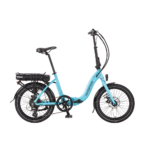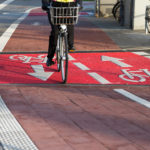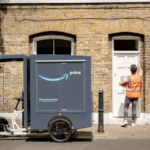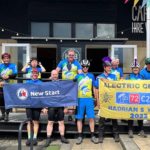I was asked this question today and I didn't know the answer...  ... I've got a Tongxin hub and a Cytronex set up ... I think the answer is the pedelec sensor but I dont know why! ... If its not the pedelec sensor then it must be something in the hub? ...
... I've got a Tongxin hub and a Cytronex set up ... I think the answer is the pedelec sensor but I dont know why! ... If its not the pedelec sensor then it must be something in the hub? ...
Thanks ..
Thanks ..






